If you’re looking for a way to collect donations online for your nonprofit, a PayPal Donate button is a great option if you want a quick fix, but if you want a donation form that matches your website branding and gives donors a better experience, consider integrated donation forms.
We compare both options based on: Getting Setup, Branding & Customization, Transaction Fees, Receipting, Capturing Donor Data, and Donor Experience to help you make the right decision for your nonprofit:
1. Getting Setup
The PayPal Donate button is very easy to set up. According to their website, it will take as little as 15 minutes. This makes it a great option if you don’t count yourself among the tech-savvy. You’ll be able to get set up quickly and on your own.
However, if you run into issues getting the PayPal Donate button setup, you may need some tech support from PayPal, and because they’re a huge company, you can expect the usual frustration that comes along with this.
Integrated donation forms from Sumac CRM, on the other hand, come with personal support, and can be setup in one day.
Sumac staff will get on the phone with you to talk about your needs and make sure your donation page is set up and running smoothly.
2. Branding and Customization
The PayPal Donate button doesn’t offer much in the way of branding and customization. While you can choose your own button image to avoid the standard yellow, that’s about all the branding you have control over.
Once someone clicks the donate button, they’re taken to a PayPal form. The page is PayPal branded and just has your nonprofit’s name. Most people will recognize PayPal’s branding, but it won’t look anything like your nonprofit.
Being redirected to an external site, with a sudden change in branding can be jarring for donors, but more importantly research shows it affects conversion rates, because it gives donors another opportunity to question their gift. We talk more about this below.
Integrated donation pages, on the other hand, live on and resemble your nonprofit’s website. With Sumac’s integrated donation forms, not only can you add your logo, but you can also customize the page header and footer and the colours. You can also add a photo that shows off your mission.
Because your integrated donation page looks like it’s a part of your nonprofit’s website, the result is a far higher conversion rate.
3. Transaction Fees
Payment processing fees are unavoidable when it comes to online fundraising. If you use the PayPal Donate button, fees are 3.7% in the U.S. and 2.9% in Canada, but nonprofits may be eligible for reduced processing fees of 1.6% plus a flat rate fee of $0.30 on each transaction. Here’s what you need to do to apply for the special rate:
With Sumac integrated donation forms, on the other hand, all clients are offered the same low credit card processing fees starting at 2.2%, and Sumac itself does not charge any processing fees on top of that, like most third party processors.
4. Receipting
When a donor completes their donation through the PayPal Donate button, they receive a confirmation of their PayPal donation, but it’s not branded, and it’s not a receipt they can use for tax deductions. You will need to manually issue tax receipts to these online donors.
Integrated donation forms from Sumac CRM, on the other hand, give you the ability to customize and send thank you letters and receipts after someone makes a donation on your website. This ensures that your brand and your nonprofit’s mission are carried through right to the end of the donor journey.
And the process is automatic; When a donor gives through an integrated donation page, their thank you email and tax receipt are sent from your Sumac CRM instantly.
5. Capturing Donor Data
When someone makes a donation through the PayPal Donate button, their information is stored in your PayPal account. To retain your donor data, you’ll need to login to PayPal, download the report, and import the data into your database or CRM.
Deciding on the right frequency and process for exporting and importing your donor information from PayPal is important to help you avoid double entry or missing a data.
Integrated donation forms through Sumac CRM, on the other hand, automatically capture and record your donor data from online gifts in your CRM. 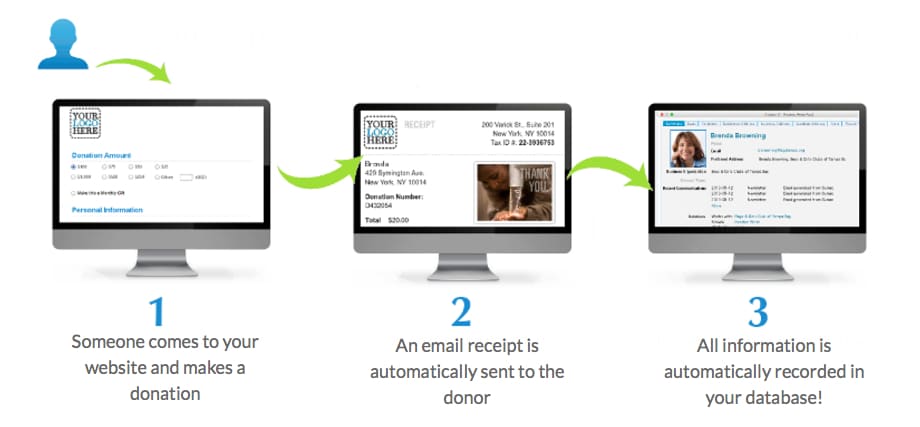
- There’s no need for you to download reports, or manually import your donor data into your CRM, so there are fewer errors
- An automated data flow will save your staff time because you won’t need to rely on a manual process to export and import your donor data
- Having your donor data in your CRM, means you’ve got their information for receipting, newsletters, or future campaigns.
6. Donor Experience
When it comes to accepting donations online, the donor experience matters. You want to provide a smooth, beautiful experience for donors, not just for branding, but also to maintain a good conversion rate, and maximize donations.
Let’s go through the donor journey with the PayPal Donate button:
- The donor clicks the donate button from your website
- The donor is taken away from your website lands on a PayPal form, the only branding for your nonprofit is your logo
- The donor fills in their gift amount and information
- When the donor goes to complete their donation they will be prompted to either login to their PayPal account or create an account
- When the transaction is complete the donor receives a generic receipt from PayPal, they cannot use this for their taxes
For comparison here is the donor journey for an integrated donation page:
- The donor clicks the donate button from your website
- The donor is taken to your donation form, still within your website, and sees your brand and your mission very clearly
- The donor easily fills in their information and completes their transaction, without leaving your website
- When the transaction is complete the donor receives a thank you email and their tax receipt right away from your nonprofit in your customized template
Factors that negatively affect conversion rate:
1. Being redirected to an external site
When you link to an external webpage, a page that is outside of your web domain – like PayPal – you can expect to see a drop in your donation conversion rate, especially if your donors aren’t expecting it.
Linking to an external website can affect conversion rate for a number of reasons:
- Donors may think there’s been a mistake or something is broken and they’re in the wrong place
- Donors who are hesitant make payments online, particularly older donors, may feel this is a scam because they don’t recognize your website and aren’t familiar with PayPal. Older people are more likely to be targeted by scams, and more likely to become victims. This means they can be hesitant to purchase online for fear of falling victim to a scam
With Sumac Integrated donation forms the donation form looks just like your website and matches your branding. Your donors will know they’re in the right place and they won’t feel unsafe making their donation.
2. Poor communication of mission and impact
Effectively communicating your value proposition, or the reason why people should give to you right on the donation form itself, is one of the best ways to maximize donations.
This experiment shows that highlighting the value proposition on a donation form increased donor conversion by 127% and revenue increased by 138%.
With the PayPal Donate button, however, there’s no opportunity to add this value proposition.
3. Friction: extra steps and multiple decision points
Reducing friction in the transaction process, like the amount of steps and decisions a donor needs to make when they’re trying to give, is shown to increase conversion rate. Conversely, additional steps and friction will reduce conversions.
Looking back at the donor journeys, there’s a big roadblock in the PayPal donation button process:

This forces the donor to make a decision about a PayPal account. They’re weighing the costs and benefits of putting in that additional effort, when they should just be thinking about the benefits of making a gift to your nonprofit.
Which is right for your nonprofit?
The PayPal Donate Button is a pretty attractive option for new nonprofits, or small organizations who don’t collect a lot of donations online and just want a quick fix. However, for larger organizations, who don’t want to sacrifice branding and automation, and most importantly the donor journey, integrated donation forms like the ones offered through Sumac, might be the best option!
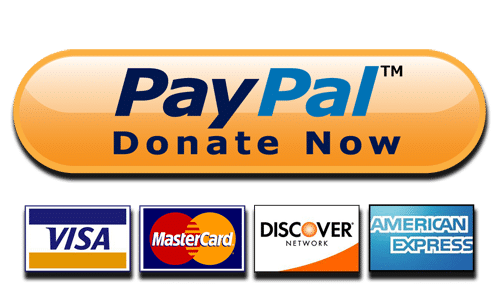
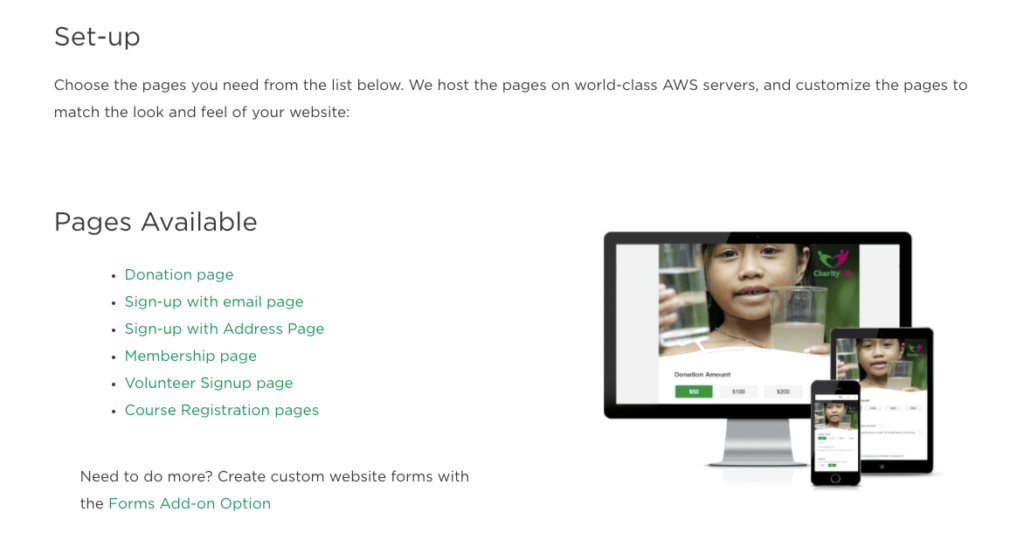
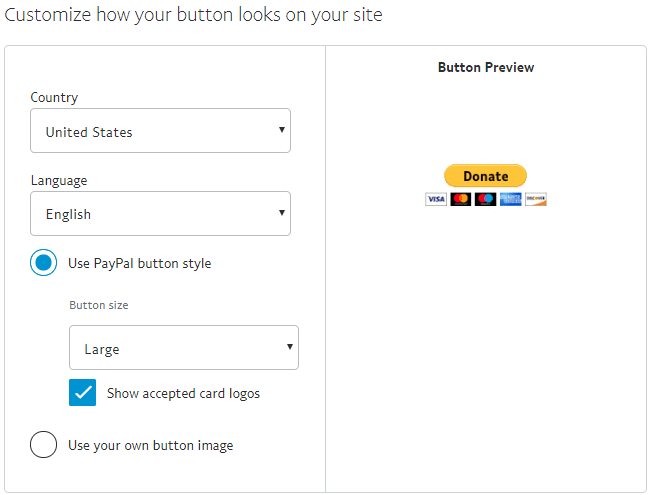
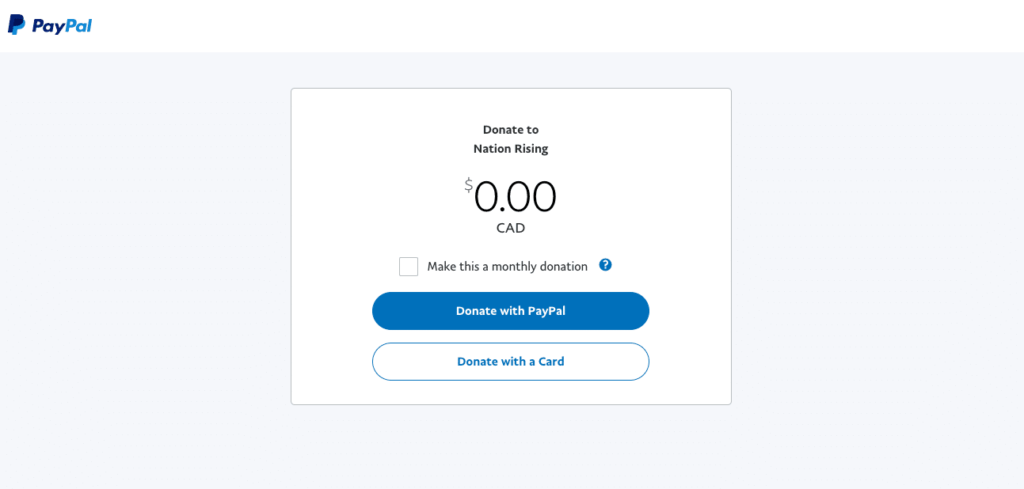

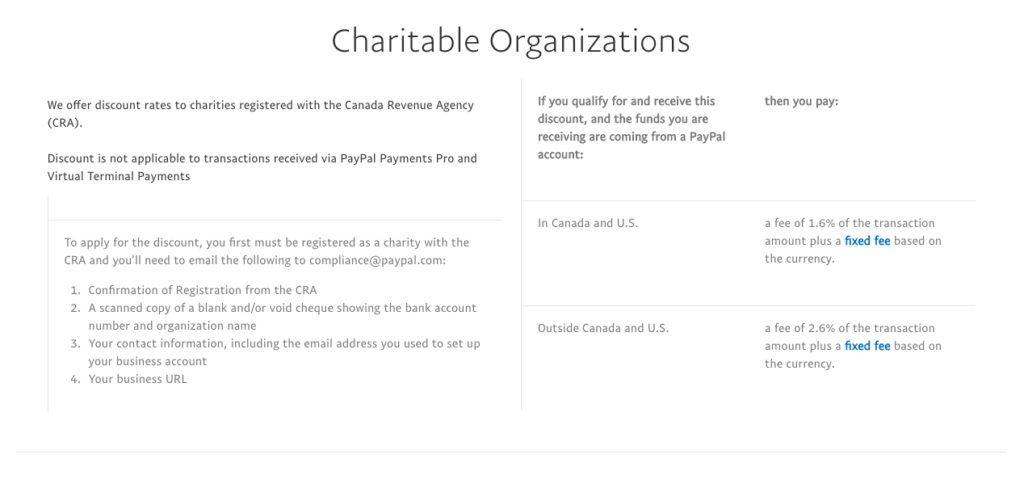


.png)